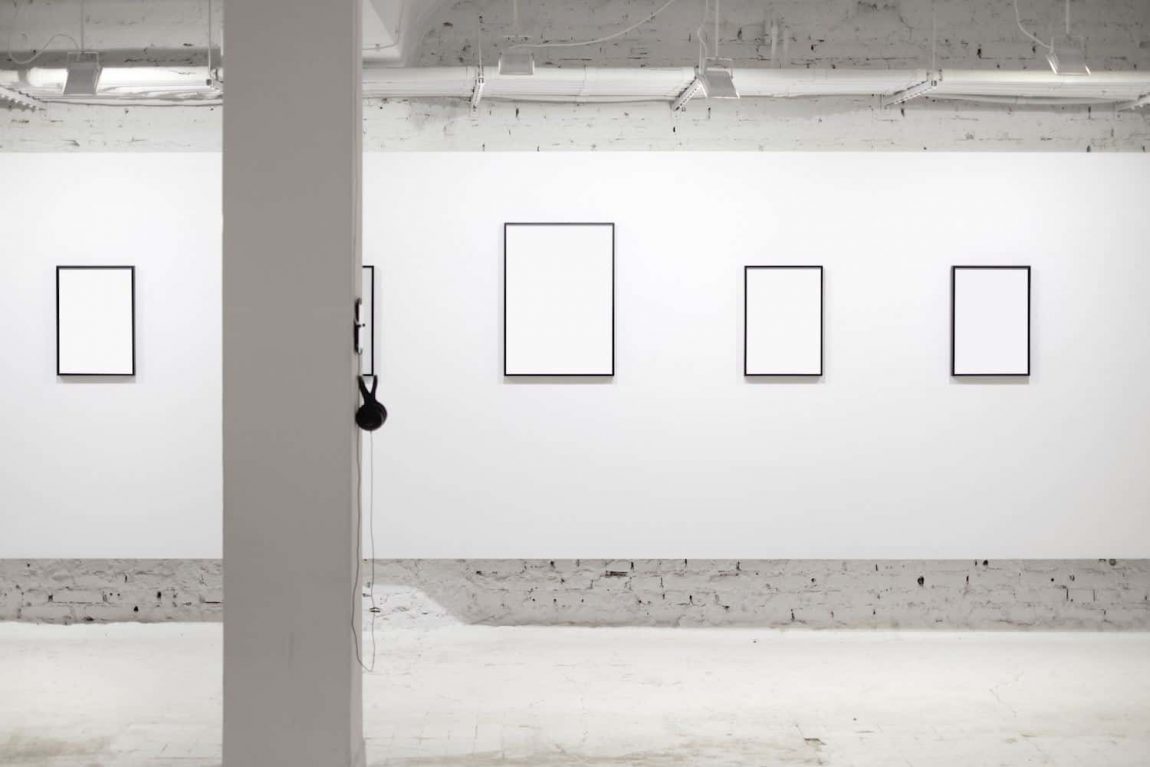- Art exhibitions are dynamic spaces where audiences encounter diverse art forms.
- Exhibitions vary significantly, from commercial art fairs to non-commercial museum shows.
- The history of art exhibitions is rich, evolving from the Paris Salon to modern pop-up shows.
- Preservation and environmental control are crucial for the safety of exhibited artworks.
- Light, temperature, and humidity are key factors in preserving art during exhibitions.
Ah, the art exhibition, a kaleidoscope of human expression! It’s like a grand dance where artworks and spectators waltz together in an ephemeral moment. I remember once strolling through an art fair, the air buzzing with whispers and the colorful artworks winking at me from every corner. It felt like stepping into a wonderland where each piece told a story, beckoning me to listen.
The Essence of Art Exhibitions
Art exhibitions are not just rooms with walls adorned with art; they are, in essence, a conversation between the artist and the world. Be it a grandiose museum show or an intimate gallery exhibit, each space whispers a unique tale. It’s like attending a cosmic party where every art piece is a guest with its own personality and story.
The Many Faces of Art Exhibitions
Remember that time at the Arthur M. Sackler Gallery? It was a hive of activity, with people scurrying about, setting up for a show. That’s the beauty of exhibitions; they come in all shapes and sizes. From the commercial buzz of art fairs to the serene retrospectives in museums, each type offers a different flavor of the art world. It’s like walking through a garden with an array of flowers, each blooming a different hue of creativity.
A Journey Through Time
Art exhibitions have a rich history, dating back to the 18th and 19th centuries. Think of the Paris Salon, a cradle of artistic reputation, or the Royal Academy in London, shaping the market with its influence. These exhibitions were not just shows; they were battlegrounds where artists’ careers were made or broken. Imagine the thrill and terror of artists like Manet, showcasing their work to the world for the first time.
The Science of Preservation
Now, let’s talk about the unsung heroes of art exhibitions: the preservationists. Ensuring that these artworks survive the test of time and the hazards of display is no small feat. It’s like being a guardian of history, protecting these treasures from the ravages of light, humidity, and temperature. Each piece is a delicate puzzle, requiring meticulous care and attention.
The Dance of Light and Shadow
Lighting in an exhibition can make or break the experience. It’s a delicate dance between illuminating the art and protecting it. I recall an exhibition where the lighting was so masterfully done; it felt like the artworks were alive, whispering their stories in the soft glow.
Embracing the Environment
Temperature and humidity might seem mundane, but they’re like the silent guardians of art. Keeping these elements in check ensures that the art survives for future generations to marvel at. It’s like maintaining the perfect ecosystem for these delicate creatures of canvas and clay.
The Art of Display
Displaying art is an art in itself. Whether it’s the respectful positioning of a centuries-old manuscript or the bold presentation of a contemporary sculpture, each decision shapes the viewer’s experience. It’s a thoughtful process of storytelling, where every angle, every light, every shadow counts.
The Shield of Security
Lastly, security in art exhibitions is paramount. It’s not just about protecting investments; it’s about safeguarding our cultural heritage. Imagine the tragedy of losing a masterpiece to carelessness. That’s why every lock, every alarm, every watchful eye matters.
Frequently Asked Questions:
Q: What’s the difference between a commercial and a non-commercial art exhibition?
A: A commercial art exhibition, like an art fair, primarily focuses on selling artworks, while a non-commercial exhibition, often found in museums, focuses on showcasing art for public viewing and education.
Q: Why is lighting important in art exhibitions?
A: Proper lighting enhances the visual appeal of the artwork and creates an engaging atmosphere, while also ensuring the art is not damaged by excessive light exposure.
Q: Can art exhibitions be harmful to the artworks?
A: Yes, if not properly managed, factors like lighting, humidity, and temperature can deteriorate artworks. Hence, preservation techniques are crucial.
Q: How do art exhibitions impact an artist’s career?
A: Exhibitions can significantly impact an artist’s reputation and market value. Successful shows in prestigious venues can launch or boost an artist’s career.
Q: Are there different ways to display art in exhibitions?
A: Absolutely! Art can be displayed in various ways, including traditional wall hangings, interactive installations, or digital displays, each offering a unique experience to the viewer.





